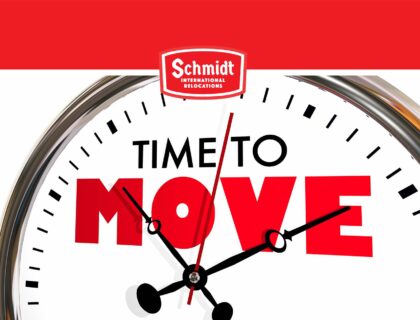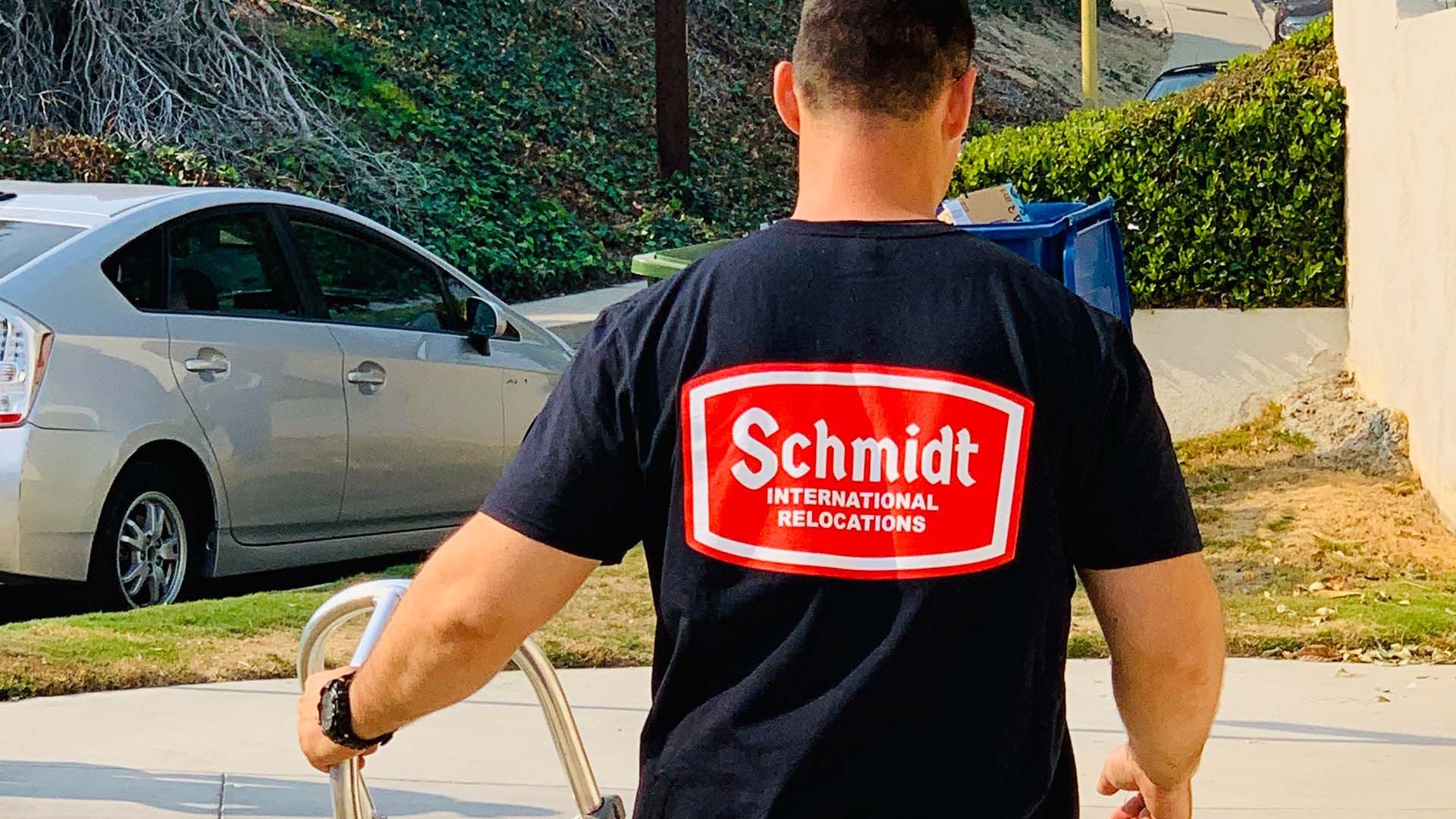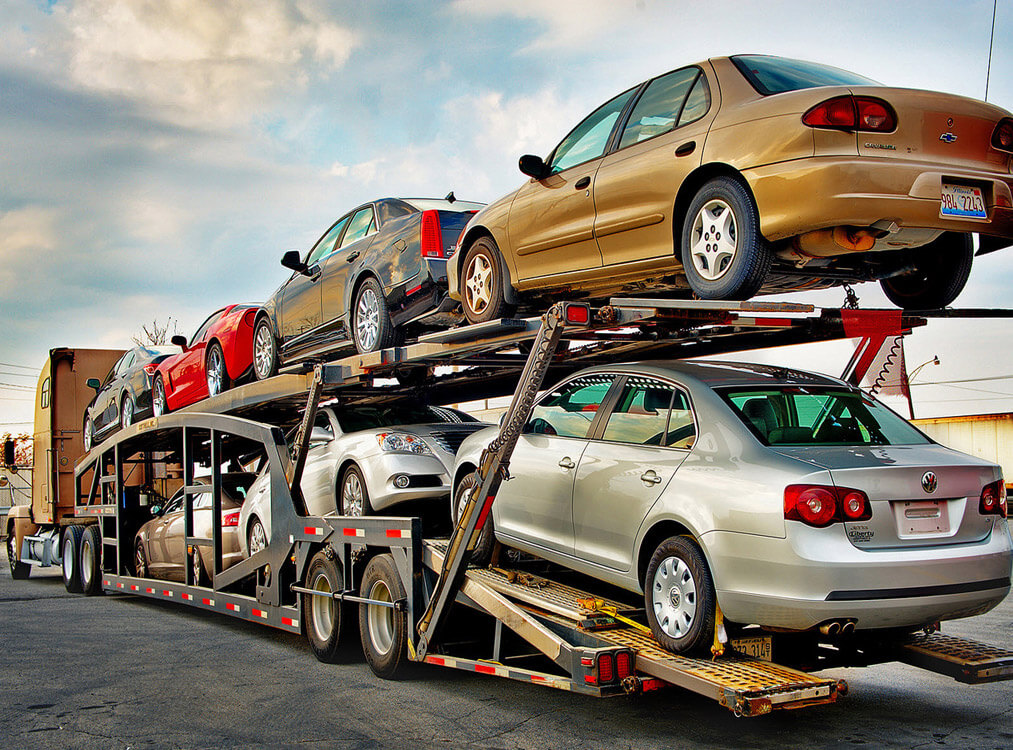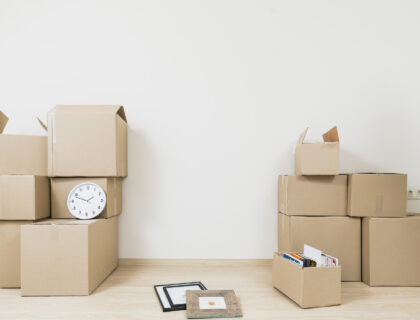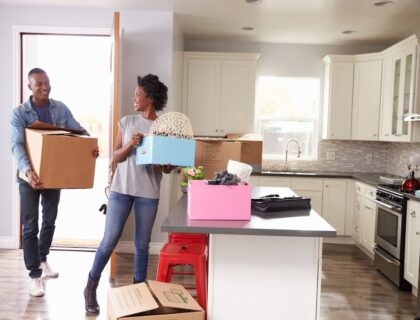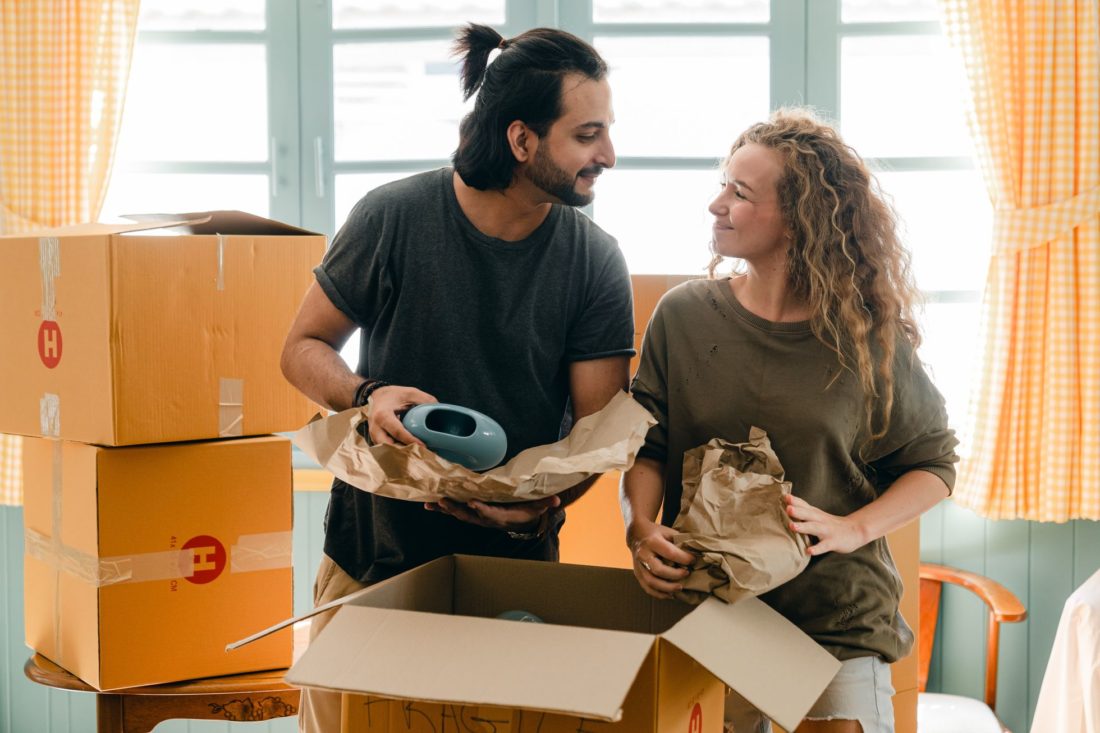

Moving across the world can be exciting, but often, the thought of packing can dampen the spirit. But our invaluable advice on the easiest way to pack for a move can transform this tedious task into a manageable one. If you are moving internationally, our tips can simplify packaging, ensuring all belongings are secured. With efficient methods, make sure the international relocation is as smooth as possible.
What’s the Easiest Way to Pack for a Move?
Packing like a pro requires a blend of organization and efficiency, especially when it’s time to move. The most efficient way to pack involves first decluttering your space, ensuring you only take what’s necessary.
Use a relocating abroad checklist to keep track of essential items and documents. Start by packing rarely used items first, and label each box with its contents and designated room. Utilize sturdy boxes and packing materials to protect your belongings, and consider vacuum-sealing clothes to save space.
For fragile items, use bubble wrap and packing paper for extra protection. Remember to keep a separate essentials box for your first few days after the relocation. This is the best approach to packaging everything neatly and making unpacking much easier as well.
Evaluate Items – Determine How Much Time Will Be Needed
The first and perhaps most crucial step in a well-organized relocation is to evaluate items. This initial assessment is not just about what to take but also about gauging the time and resources needed. By creating a detailed moving inventory, you can see what is needed and what can be left behind.
This process helps in allocating sufficient time for packing each category of items, whether it’s daily essentials, valuables, or bulky furniture. A thorough evaluation early on can significantly avoid last-minute moving madness.
Start by Creating a Moving Checklist
Begin by categorizing items based on their room, usage, and fragility. Your relocation to-do list should start with packing schedules, organizing packing supplies, and methodically boxing items room by room.
Once the packing framework is set, incorporate additional tasks into the checklist. These include notifying service providers and authorities about the move, hiring an international moving company, and setting up utilities at the new location. Don’t forget to list relocation essentials such as travel arrangements, immediate necessities for the new home, and important personal documents.
Use Apps For Creating Orderly Checklists
With efficient applications, nothing is forgotten. Apps like Trello, Wunderlist, and Google Keep offer free, user-friendly platforms for organizing your tasks. These apps allow you to create categorized lists, set reminders, and even share the lists with family members or roommates.
Using apps instead of paper lists helps in avoiding the chaos of handling numerous papers that can easily get lost or overlooked. With features like cloud synchronization, the checklist is always accessible on your phone, tablet, or computer, ensuring you stay on top of all relocation tasks no matter what.
Declutter Before Beginning the Packaging Process
Decluttering involves making critical decisions about what to get rid of for good and what to keep. Start by sorting through all belongings room by room. For each item, ask yourself if it’s been used in the last year, if it holds significant sentimental value, or if it will be needed in the new home. Don’t fall into the trap of thinking all of your stuff is needed in the new space.
The best decluttering tips include being honest about the usefulness of each item, considering its condition, and being realistic about whether it will be used again. For clothes, a good rule of thumb is to donate anything not worn in the past season. For other household items, think about their functionality and necessity.
Use the tips from the video below to speed up the decluttering process.

Anything That Can Be Reused Should Be Donated
When it comes to decluttering, anything that can be reused should be considered for donation. Commonly donated items include gently used clothing, books, furniture, and household goods. Organizations such as Goodwill and The Salvation Army are great places to donate these items. They often offer drop-off locations or even pick-up services for larger items.
Before donating, make sure that the items are in good condition and clean. Remember, the goal is to give items a second life where they can be useful to someone else. Donating not only helps with decluttering effectively but also contributes to a sustainable practice by keeping usable items out of landfills.
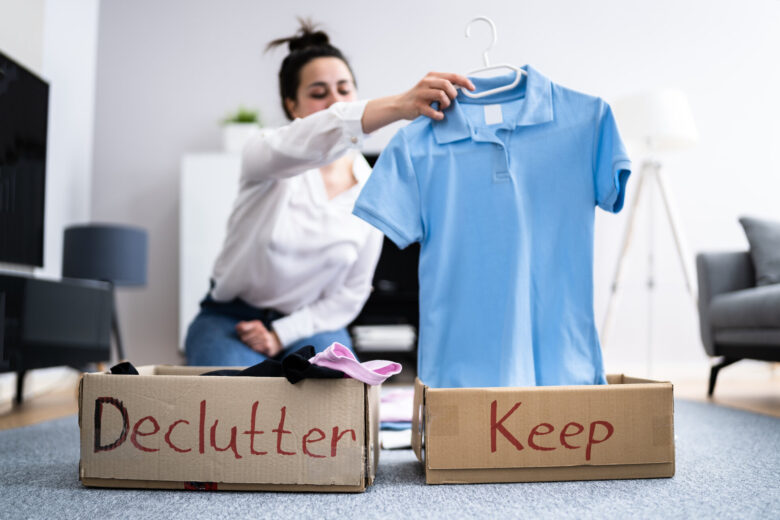
Gather Appropriate Packing Supplies – Check the Craigslist Website For Free Supplies
The right supplies will ensure you relocate safely and efficiently. Essential materials include sturdy boxes of various sizes, tape for sealing boxes securely, bubble wrap for protecting fragile items, and packing paper or old newspapers for cushioning.
Don’t forget to acquire specialty containers for items like dishes or wardrobe boxes for clothes. A cost-effective and environmentally friendly tip is to check sites like Craigslist for free or low-cost supplies. Many people offer their used moving boxes and materials for free after their moves. This not only saves money but also promotes recycling.
It’s Ideal to Use Room-by-Room Packing Technique
Organizing belongings room by room is a strategic approach that can significantly enhance the efficiency and manageability of a relocation process. This method allows for concentrated effort in one area at a time, reducing the likelihood of feeling overwhelmed by the enormity of the task at hand.
Begin in spaces that are infrequently used, such as a guest room or basement, and then gradually place in more central areas of the home. This staged approach helps in maintaining a sense of normalcy in the living space for as long as possible.
Package Fragile Items With an Appropriate Amount of Cushioning Materials
When it comes to fragile items, the key to safe transport is ensuring they are packaged with the right amount of cushioning materials. For instance, when you package plates, it’s crucial to wrap each plate individually in bubble wrap to absorb shocks and vibrations. Once wrapped, plates should be placed on their sides in a box.
Similarly, when packaging glasses, each glass needs to be wrapped individually with bubble wrap or paper. It’s a good practice to stuff the inside of the glass with paper to provide extra support. Glasses should be placed upright in the box, and any empty spaces should be filled with crumpled paper or foam peanuts to prevent the glasses from shifting and knocking into each other.
Carefully Handle Large or Bulky Items
Packaging large or bulky items requires careful planning and execution to ensure their safe transport. For furniture pieces, such as sofas or wardrobes, it’s important to disassemble them if possible. Remove legs, drawers, and shelves to make them more manageable and prevent damage.
Wrap each part in moving blankets or bubble wrap, securing the padding with tape. For large appliances like refrigerators or washing machines, ensure they are clean and dry before moving. Secure doors and cords with tape and wrap them in protective blankets.
When dealing with bulky items like mattresses, use a mattress bag to protect them from dirt and damage. It’s also essential to use the right equipment, such as furniture dollies or moving straps, to safely maneuver these items.
Consider Using Special Packaging Techniques For Valuable Items
For artwork or antiques, use acid-free packing paper to avoid any chemical interactions that could damage the items. Custom crates or padded boxes are ideal for these pieces, providing rigid protection against impacts.
For valuable electronics, original packaging is best, but if unavailable, use anti-static bubble wrap and sturdy boxes with plenty of cushioning. Jewelry should be packed in padded jewelry boxes or wrapped in soft cloth and then placed in small, hard-sided containers. It’s also wise to keep jewelry by your side throughout the relocation.
For important documents or photographs, plastic sleeves or special document boxes can protect against moisture and creasing. Always label these boxes and keep some of them with you during the relocation.
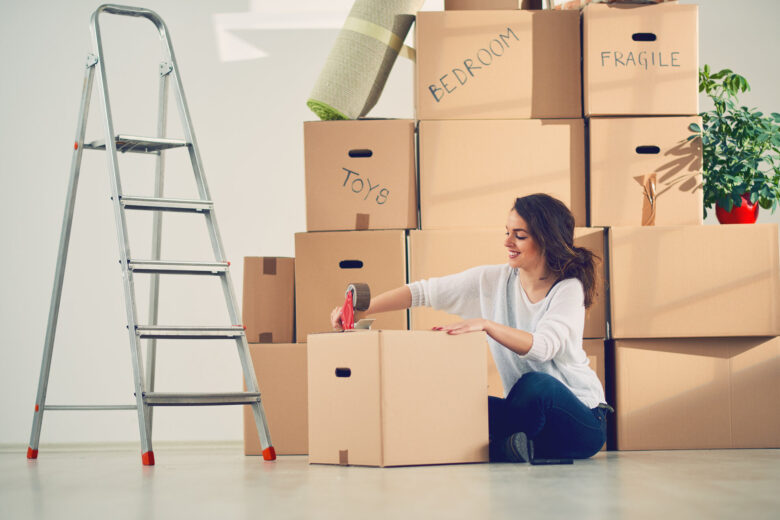
Use Effective Labeling Systems
When labeling boxes, use a clear and consistent method. Write a detailed list of contents on each box, along with the room it belongs to. Color coding can further improve the process; assign a color to each room and use corresponding colored stickers or markers on the boxes.
For example, use blue for kitchen items and red for living room belongings. It’s also helpful to mark boxes containing fragile items with a distinct symbol or text. Check out our list of most important labeling tips:
- Write the room and contents on each box.
- Employ color coding for different rooms.
- Mark fragile items.
- Label boxes with unpacking priority (e.g., “Open First”).
Remember to Keep Track of Your Belongings
Maintaining a detailed inventory is essential for keeping track of your belongings, especially when moving overseas. This list of all belongings should include specifics like the number of boxes per room, their contents, and any special handling instructions. Assign a unique number or code to each box and cross-reference this with the inventory list.
Upon arrival at the new home, cross-check each box against the inventory to ensure everything has been delivered. It’s also helpful to keep boxes in the same room they were packed in, reducing confusion and simplifying unpacking. Use labels on boxes to indicate which room they belong in, along with a brief description of the contents.
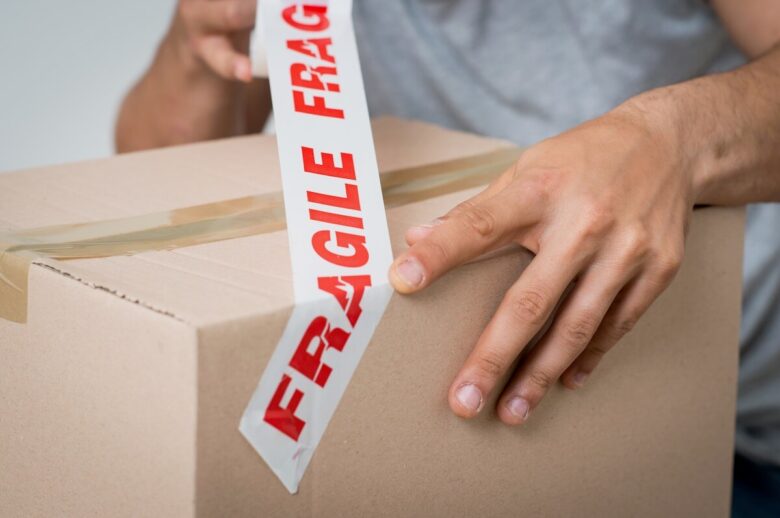
Last-Minute Packing Tasks Before Leaving
In the final stages of moving day preparation, do the last-minute tasks so nothing gets overlooked. It’s advisable to walk through each room to check for any items that might have been missed. This includes checking all drawers, closets, and shelves.
Set aside a specific time to pack these last-minute items, as they often include daily necessities. It’s also a good practice to disassemble any remaining furniture or electronics and secure the hardware in clearly labeled bags.
Confirm that all utilities are scheduled for disconnection and do a final sweep for any household hazards or waste that needs disposal. Ensure essential documents and valuables are safely packed in an easily accessible place.
Leave Enough Time to Prepare an Essentials Box
An essentials box should contain items you’ll need immediately upon arrival at another home. It minimizes the need to rummage through numerous containers. Essential contents typically include toiletries, a change of clothes, basic kitchenware, a few snacks, and important medications.
On top of this, include basic tools like a screwdriver, scissors, and a flashlight for any immediate setup or assembly needs. It’s also wise to add chargers for electronic devices and a small first-aid kit.

If the Packing Task Is Too Difficult, Hire Trusted Movers to Help
When facing the complexities of packaging an entire home, choosing to use the services of a trusted international moving company can be a wise decision. Specialized movers offer more than just the moving by sea service – they provide packing services tailored to ease the entire transition.
They are equipped with the knowledge and materials to securely pack items for long journeys, ensuring that belongings are protected against the rigors of international shipping. These services often include custom crating for valuable or fragile items and efficient packing strategies for maximizing space and minimizing the risk of damage.
Let Us Package Everything You Own Quickly and Effortlessly
The right preparation, organization, and attention to detail are key to a successful relocation. Schmidt International Relocations excels in providing these services, ensuring the belongings are packed with care and efficiency. Our expertise in handling everything from fragile items to large, bulky goods means that you can trust us with your most treasured possessions. We understand the complexities involved in moving, especially internationally, and are equipped to handle all aspects of the process. Contact us today, and let us show you how effortless moving can be with the right help.
FAQ
What Is the Fastest Way to Pack for a Move?
The fastest way to pack for a move is to start by decluttering and getting rid of items that are no longer needed. This reduces the volume of things to pack. Next, gather all necessary supplies before beginning (boxes, tape, markers, etc.) to avoid interruptions. Packaging room by room will streamline the process.
How Soon Should You Start Packing for a Move?
Generally, for a large house, starting about 4-6 weeks before the relocation is advisable. For smaller homes or apartments, 2-3 weeks should be sufficient.
What Is the Hardest Room to Pack When Relocating?
The kitchen is often considered the hardest room to pack due to the variety of items it contains, many of which are fragile, irregularly shaped, or heavy. This room requires careful packaging of glassware, plates, and appliances, each needing different materials and techniques.
What Is the Best Way to Pack Clothes When Relocating?
The best way to package clothes is by using wardrobe boxes for hanging clothes, which allows them to be transported on hangers and minimizes wrinkling. Folded clothes can be packed in suitcases or standard boxes. Vacuum-sealed bags are great for saving space and protecting clothes from moisture, especially for out-of-season clothing.




